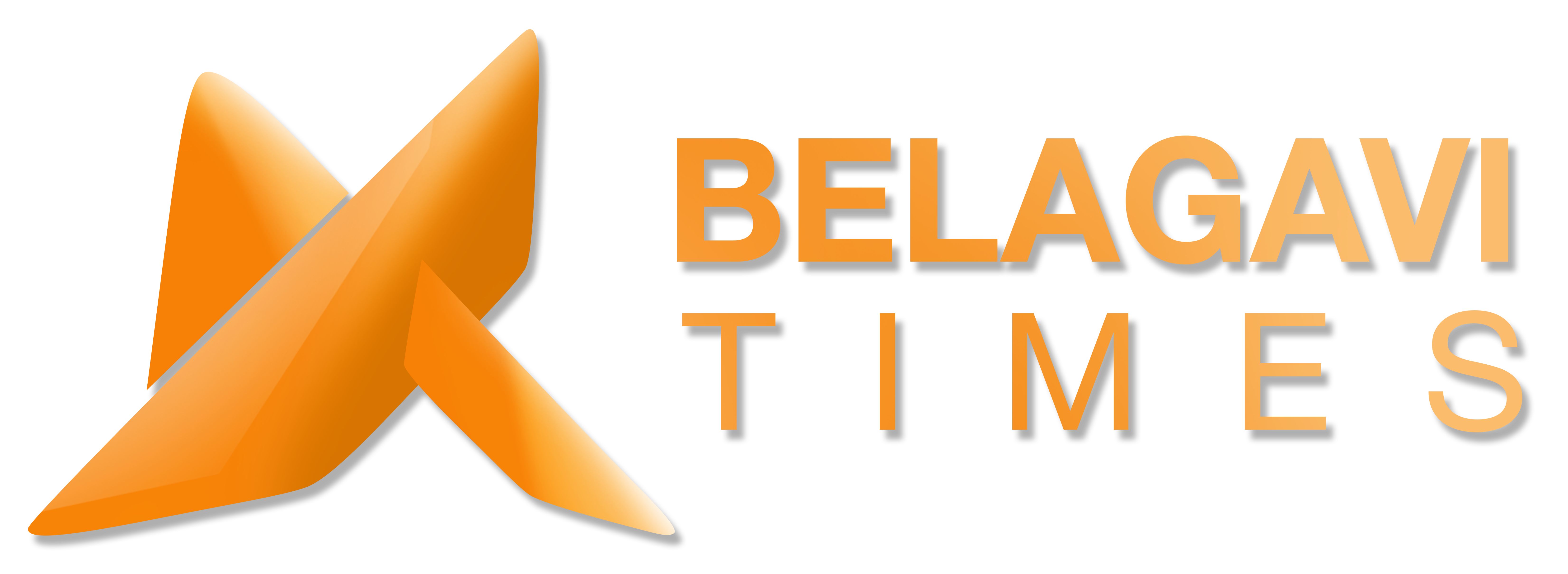15 August is a very important festive day for India, on this day India got Independence. Every year on 15th August you can feel the patriotism in the air of India, the people celebrate this day very enthusiastically and it is officially celebrated when the Prime Minister of India hoists the tricolor flag followed by the national anthem from the Red Fort in New Delhi.
In many schools and colleges across India, 15 August, Independence day is celebrated by organizing cultural events and dramas, narrating the heroic acts of national heroes which led to Independence.
No Indian can forget the sacrifices made by our heroes for the Independence from the British chains. By this year India would have celebrated 74 Independence days, every one of them with full enthusiasm and pride.
Today India has all the things which a modern country must-have. India’s military is the largest in the world in terms of manpower and is fourth in terms of full military power, be it technology, infrastructure, transportation sports and economy, India is growing very fast.
Slogan on the Independence day and the long walk to freedom
One of the most famous slogans on the 15 August, Independence day is “JAI HIND”. It was given by the man who needs no introduction, and he was the most influential leader of his time. Yes, you guessed it right, his name is Subhash Chandra Bose popularly known as Netaji.
Now let’s look into history to know how it all started. Till 1600, different regions of India were ruled by different emperors and kings. In 1600 the British East India Company came here, which marked the starting of colonization of India, merchants who came here for trade began to increase their influence on administration which was not acceptable by local kingdoms, but they were suppressed by the huge military power of British.
By this approach, till 1757 Britishers got the grasp of many parts of the country. The way they set up trade rules, taxes, and wages were completely unfair and was not acceptable for the people of the country.
It led to revolts against the rule in the local masses, and the very first organized revolt took place in 1857, popularly known as Sepoy Mutiny.
This revolt fueled the slow breeze of the freedom movement in India, but to choke this breeze British took the full control of India just after a year of revolt. So this was the beginning of complete British rule controlled from London, from 1858 to 1947 British ruled India completely, exploiting every resource it had, be it manpower, natural resources or religious faultlines, they left nothing which can be exploited for their benefit.
It is estimated that at the current value of money British looted $45 trillion from India, they looted the golden bird with both hands.
Two very tragic events happened in the British rule, first one is the Jallianwala Bagh massacre also referred as Amritsar massacre, on 13th of April 1919, it happened like this, at the time two famous national leaders named Satya Pal and Dr. Saifuddin Kitchlew with the Baisakhi pilgrims were arrested and were selected to be deported to London for further execution, to resist this a huge number of people gathered at Jallianwala Bagh for non-violent protest, at that time British had a rule of prohibited public gatherings. On account of this rule General Dyer ordered the shooting of those people with machine guns, the official record says there were 379 people killed but the reality is there were more than 1000 people killed.
And the second one is called Bengal famine which happened in 1943 during the second world war. Then British prime minister Winston Churchill
during the war with Nazi Germany decided to cut the ration supply from Bengal and to reserve it as an additional stockpile for the fighting British troops with Nazi which resulted in the scarcity of food in Bengal resulting in deaths of over 5 million people.
After the Jallianwala Bagh incident, Mahatma Gandhi started a non-cooperation movement, a large number of people joined in the movement across the country boycotting British goods, services, government jobs, schools and refusing to pay taxes but this movement was also short-lived.
Hustling India had many freedom fighters like Subhash Chandra Bose, Bhagat Singh, Lala Lajpat Rai, Chandrashekhar Azad, Sarojini Naidu, Gopal Krishna Gokhale, Sukhdev, Vijayalaxmi Pandit, Sardar Vallabh Bhai Patel and many others who held pride in the fight for freedom.
When the Independence came
It all started in 1947, then British prime minister Clement Attlee in February announced that British India (then) will be granted self-governance by June 1948. Due to the hated disagreement between Congress and Muslim League which might have collapsed the interim government, then viceroy Lord Mountbatten decided 15 August 1947 to be the date for the transfer of power
But Independence brought partition of the country into India and Pakistan. On 14th August, Indian constituent assembly had its fifth session at the Constitution hall in New Delhi. The first president of India chaired the session where the first prime minister Jahawar Lal Nehru delivered his speech for this long-awaited occasion.
